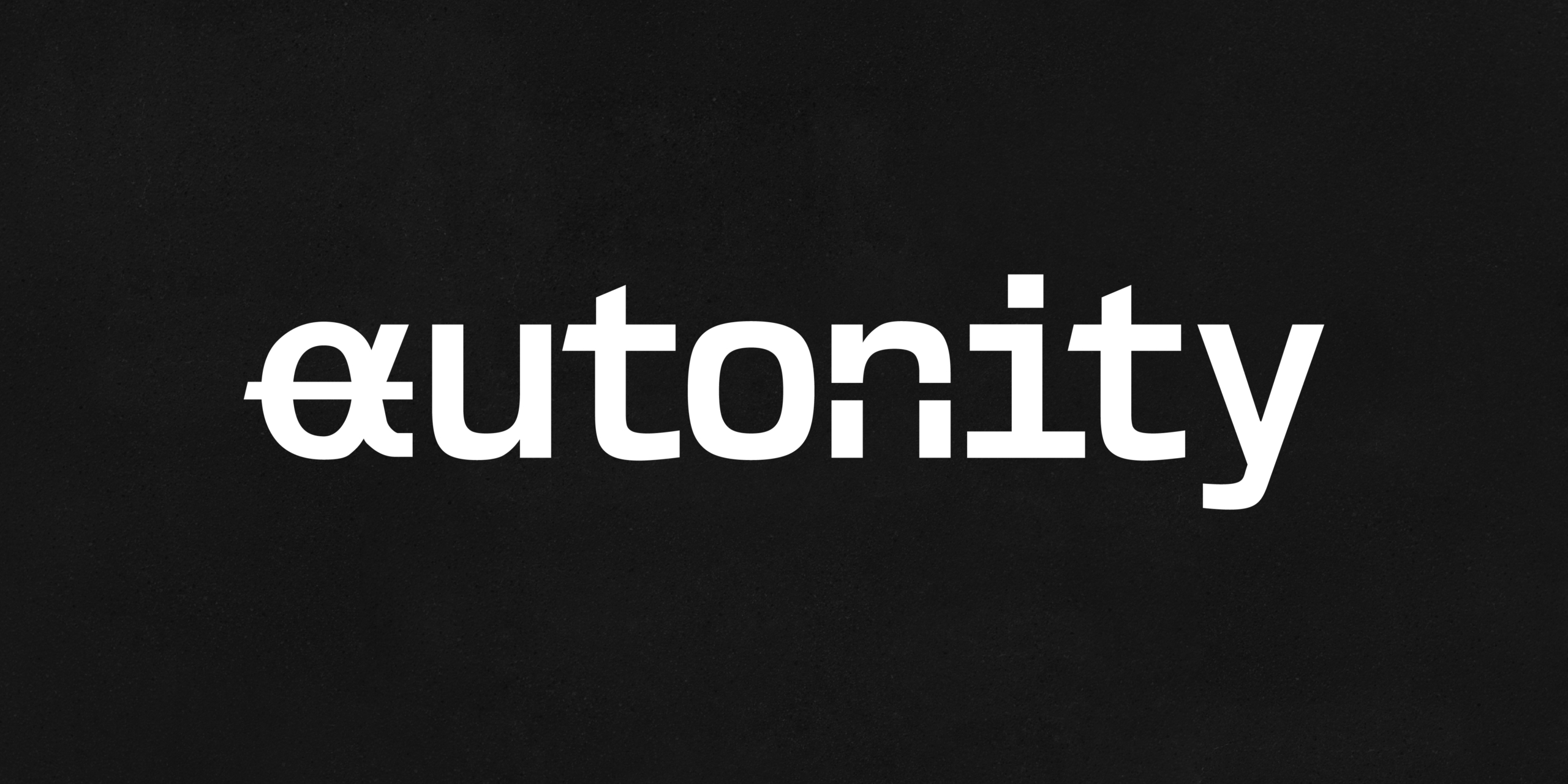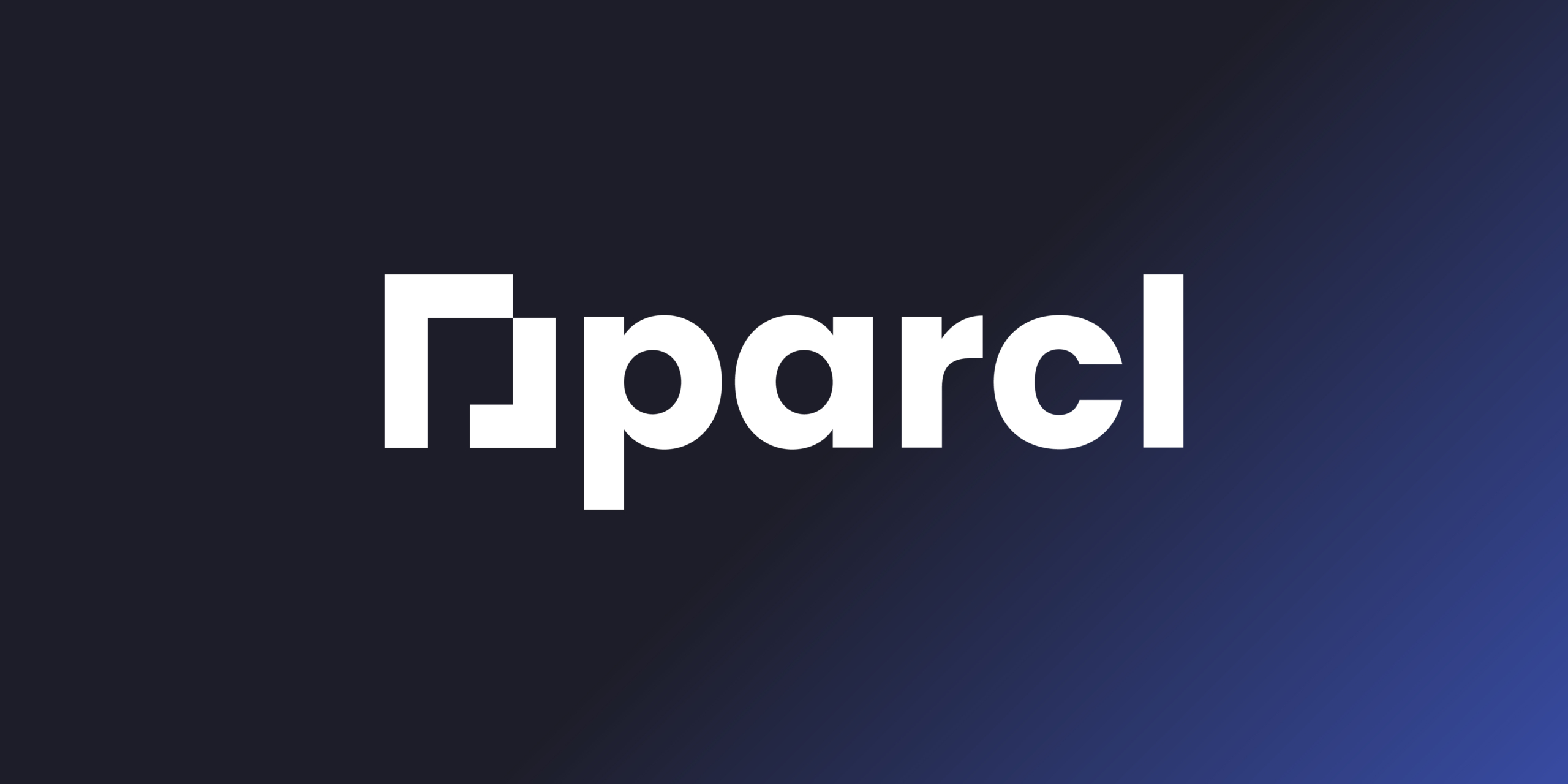Introduction
Autonity represents a pioneering endeavor within the blockchain domain, focusing on reshaping the decentralized finance (DeFi) landscape through the lens of derivatives trading. Leveraging the Ethereum Virtual Machine (EVM), Autonity is a public, proof-of-stake blockchain tailored for the decentralized clearing smart derivatives contracts. Its distinct approach to market risks by facilitating the conversion of these risks into tradable smart derivative products in a decentralized setting is noteworthy. This review delves into Autonity’s innovation, architecture, code quality, product roadmap, usability, and team and concludes with an overall assessment of its potential impact on the DeFi sector.
Innovation
At the heart of Autonity‘s innovative thrust is its aim to expand the horizons of tradable risks within the DeFi space, moving beyond the constraints of both traditional finance and existing DeFi frameworks. Autonity introduces a decentralized derivatives marketplace, a unified liquidity pool to counteract liquidity fragmentation, EVM compatibility for seamless integration with the Ethereum ecosystem, and a validator-centric consensus model to ensure network integrity.
Architecture
Autonity’s architecture is anchored by a proof-of-stake consensus mechanism, utilizing the Tendermint BFT algorithm for network security and efficiency. The platform’s design includes dual testnets, Bakerloo for development stability, and Piccadilly for cutting-edge protocol testing. A notable architectural feature is the liquid staking model, which transforms staked tokens into a liquid form, enhancing ecosystem liquidity. Furthermore, Autonity’s decentralized oracle network and the Autonity Stabilization Mechanism (ASM) are pivotal for providing reliable median price data and stabilizing the native token’s value.
Code Quality
While a direct assessment of Autonity’s codebase is outside this review’s scope, the project‘s commitment to leveraging established protocols and mechanisms (e.g., Tendermint BFT, EVM compatibility) suggests a foundation built on solid, well-regarded technologies. Using protocol smart contracts for governance and operations indicates a structured approach to ensuring network reliability and scalability.
Product Roadmap
Autonity‘s roadmap details a phased approach towards realizing its vision, starting with testnet deployments and followed by mainnet launch, ecosystem expansion, and continuous enhancement of its oracle and stabilization mechanisms. The roadmap reflects a clear trajectory towards creating a robust platform for decentralized derivatives trading.
Usability
With its focus on creating a unified liquidity pool and integrating with the broader Ethereum ecosystem, Autonity is positioned to offer a user-friendly experience for participants in the DeFi derivatives market. The platform’s design considerations around EVM compatibility and liquid staking indicate a user-centric approach to simplify participation and investment in derivative products.
Team
The Autonity team comprises individuals with a blend of expertise in blockchain technology, financial markets, and software development. Although specifics about the team members are not detailed in this review, the project’s progress and architectural choices reflect competent and visionary leadership.
Conclusion
Autonity emerges as an innovative and promising project within the DeFi space, particularly in decentralized derivatives trading. Its unique value propositions, such as the decentralized derivatives marketplace and the unified liquidity pool, address critical challenges in the DeFi derivatives market. The project’s technical underpinnings, including its adoption of the Tendermint BFT consensus mechanism and the novel Autonity Stabilization Mechanism, underscore its potential to offer a secure, efficient, and scalable platform. As Autonity progresses along its roadmap, its impact on broadening the scope of tradable risks and enhancing market efficiency in the DeFi sector could be significant, marking it as a potential catalyst for broader adoption and innovation in decentralized finance.
| Initial Screening | |||
| Keep researching | |||
| Does this project need to use blockchain technology? | Yes | ||
| Can this project be realized? | Yes | ||
| Is there a viable use case for this project? | Yes | ||
| Is the project protected from commonly known attacks? | Yes | ||
| Are there no careless errors in the whitepaper? | Yes | ||
| Project Technology Score | |||
| Description | Scorecard | ||
| Innovation (Out Of 11) | 10 | ||
| How have similar projects performed? | Medium | 1 | |
| Are there too many innovations? | Regular | 2 | |
| Percentage of crypto users that will use the project? | Over 11% | 5 | |
| Is the project unique? | Yes | 2 | |
| Architecture (Out of 12) | 9 | ||
| Overall feeling after reading whitepaper? | Good | 2 | |
| Resistance to possible attacks? | Good | 2 | |
| Complexity of the architecture? | Not too complex | 2 | |
| Time taken to understand the architecture? | 20 – 50 min | 1 | |
| Overall feeling about the architecture after deeper research? | Medium | 2 | |
| Has the project been hacked ? | No | 0 | |
| Code Quality (out of 15) | 14 | ||
| Is the project open source? | Yes | 2 | |
| Does the project use good code like C,C++, Rust, Erlang, Ruby, etc? | Yes | 2 | |
| Could the project use better programming languages? | No | 0 | |
| Github number of lines? | More than 10K | 1 | |
| Github commits per month? | More than 10 | 2 | |
| What is the quality of the code? | Good | 2 | |
| How well is the code commented? | Outstanding | 2 | |
| Overall quality of the test coverage? | Good | 1 | |
| Overall quality of the maintainability index? | Outstanding | 2 | |
| When Mainnet (out of 5) | 5 | ||
| When does the mainnet come out? | Mainnet Ready | 5 | |
| Usability for Infrastructure Projects (out of 5) | 5 | ||
| Is it easy to use for the end customer? | Yes | 5 | |
| Team (out of 7) | 6 | ||
| Number of active developers? | 5+ | 2 | |
| Developers average Git Background? | Senior | 2 | |
| Developers coding style? | Solid | 2 | |
| Total Score (out of 55) | 49 | ||
| Percentage Score | |||
| Innovation | 18.18% | ||
| Architecture | 16.36% | ||
| Code Quality | 25.45% | ||
| Mainnet | 9.09% | ||
| Usability | 9.09% | ||
| Team | 10.91% | ||
| Total | 89.08% |





